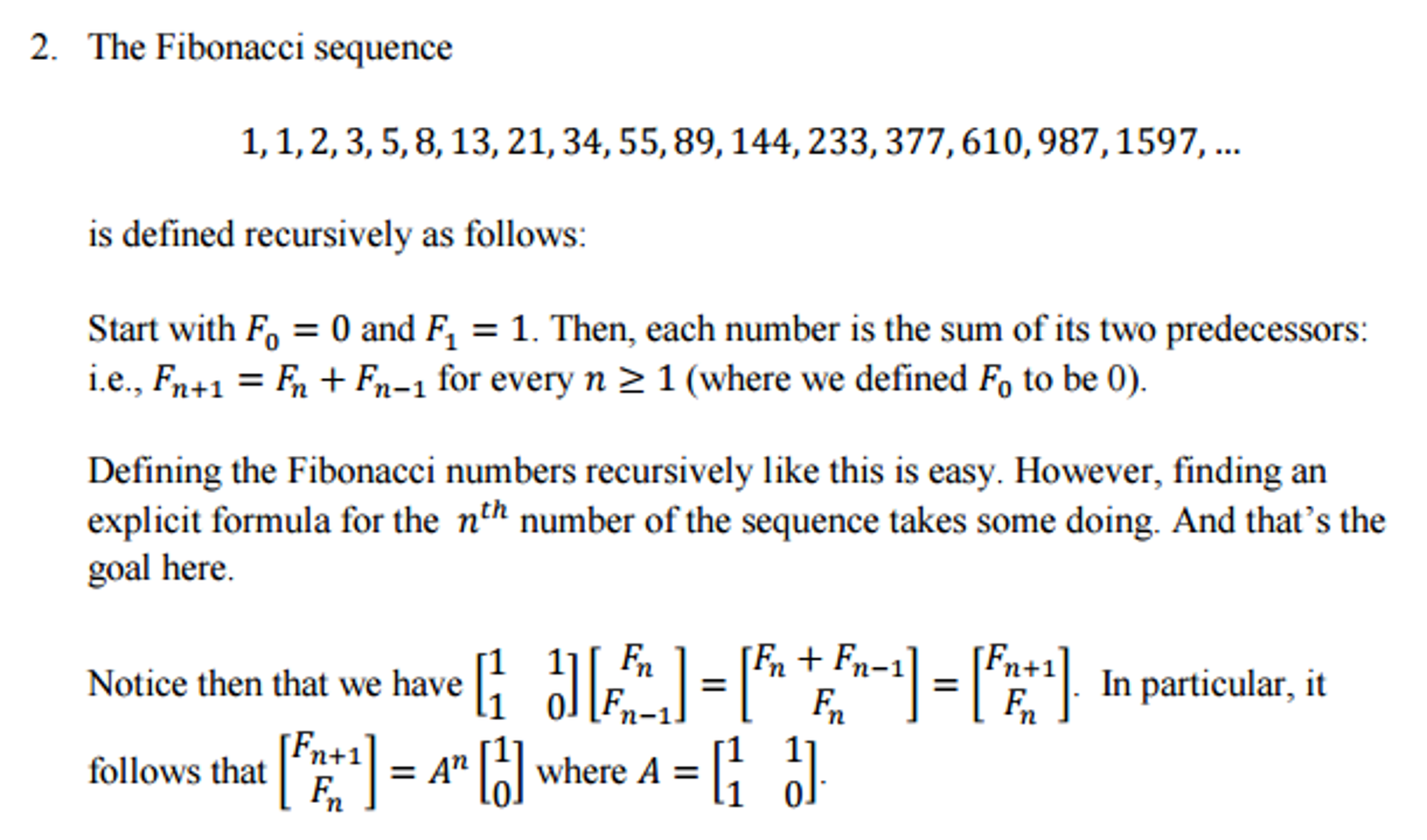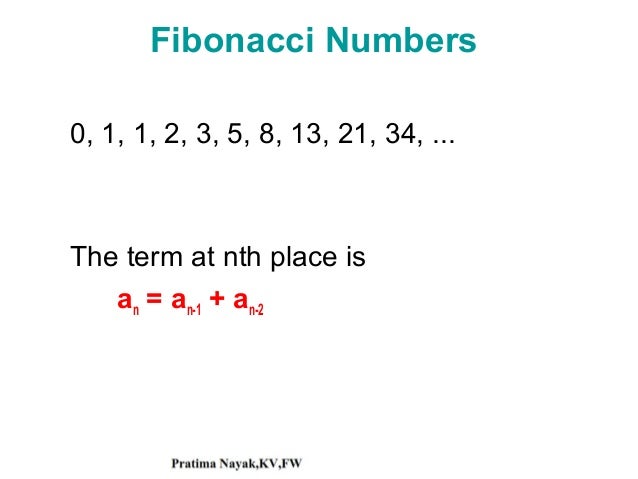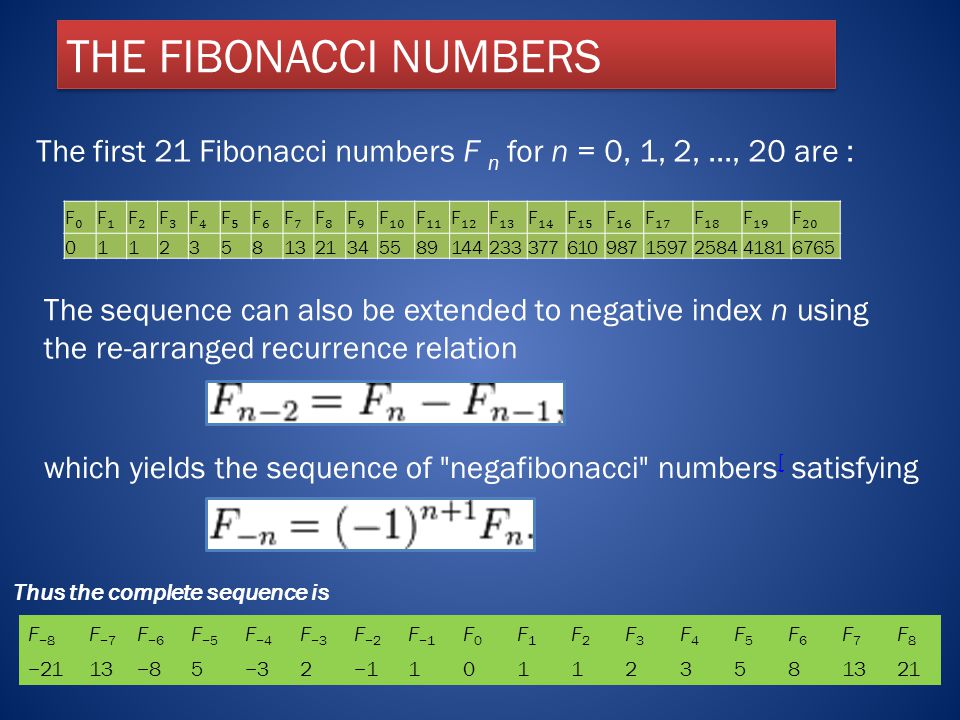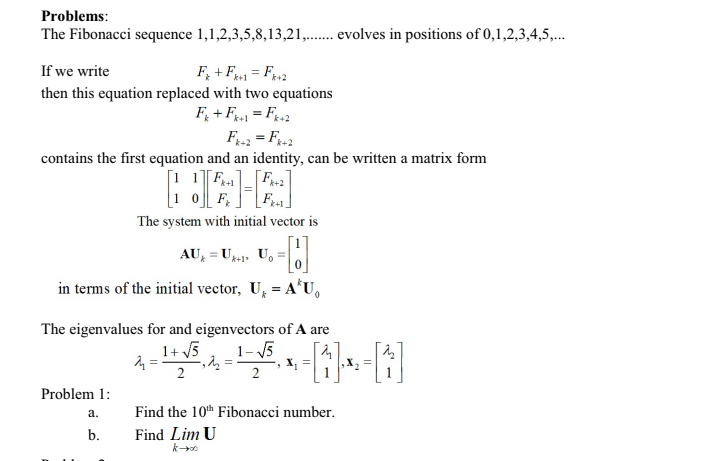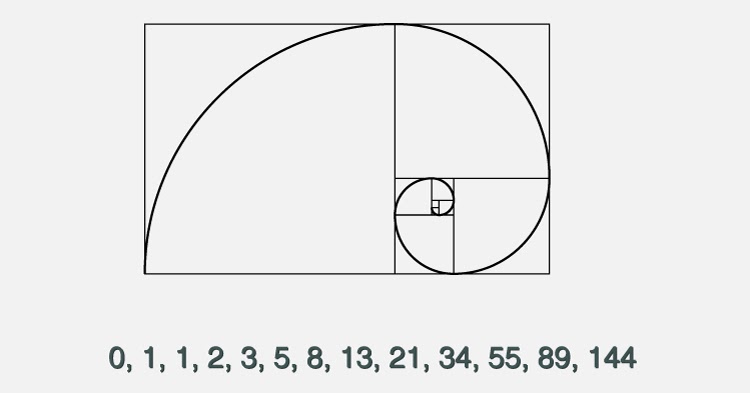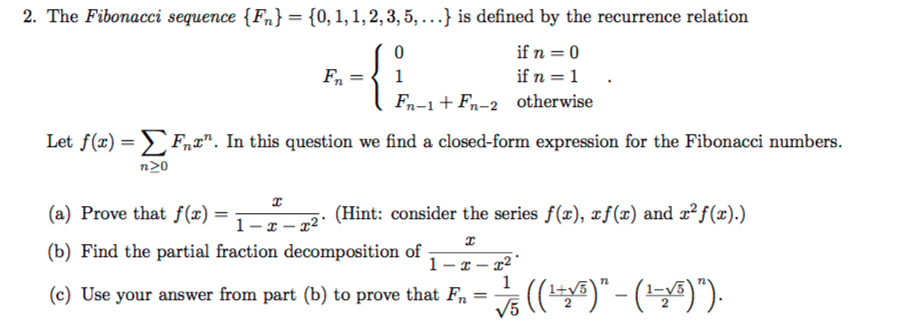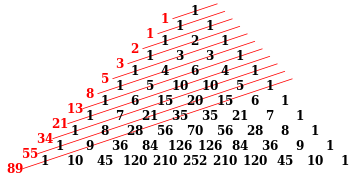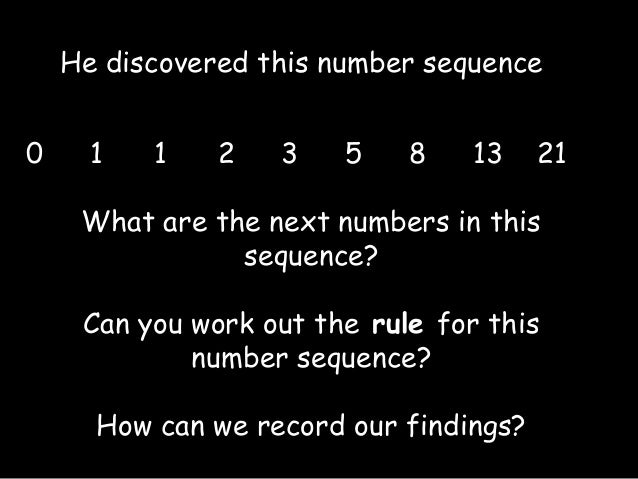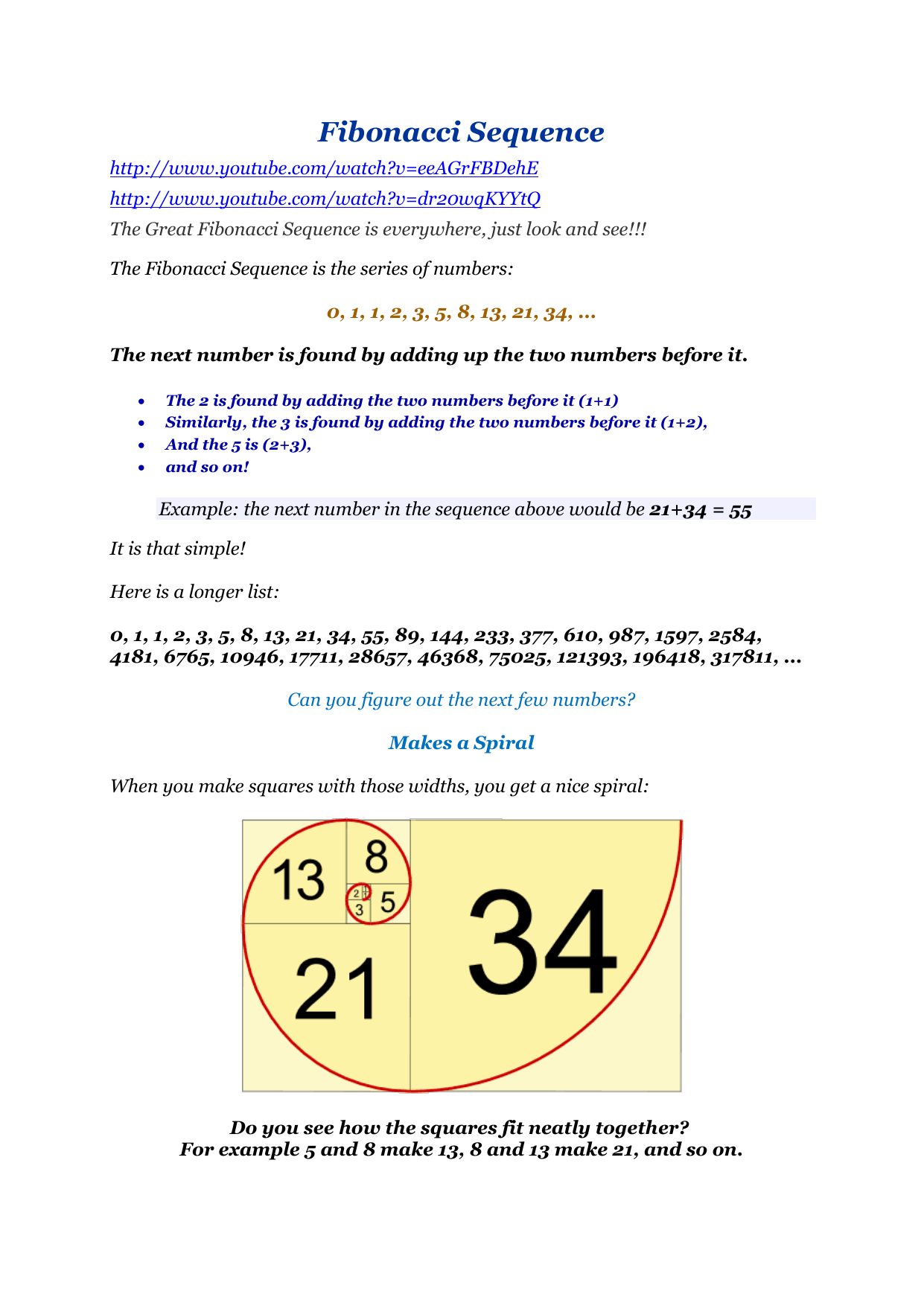0 1 1 2 3 5 Sequence
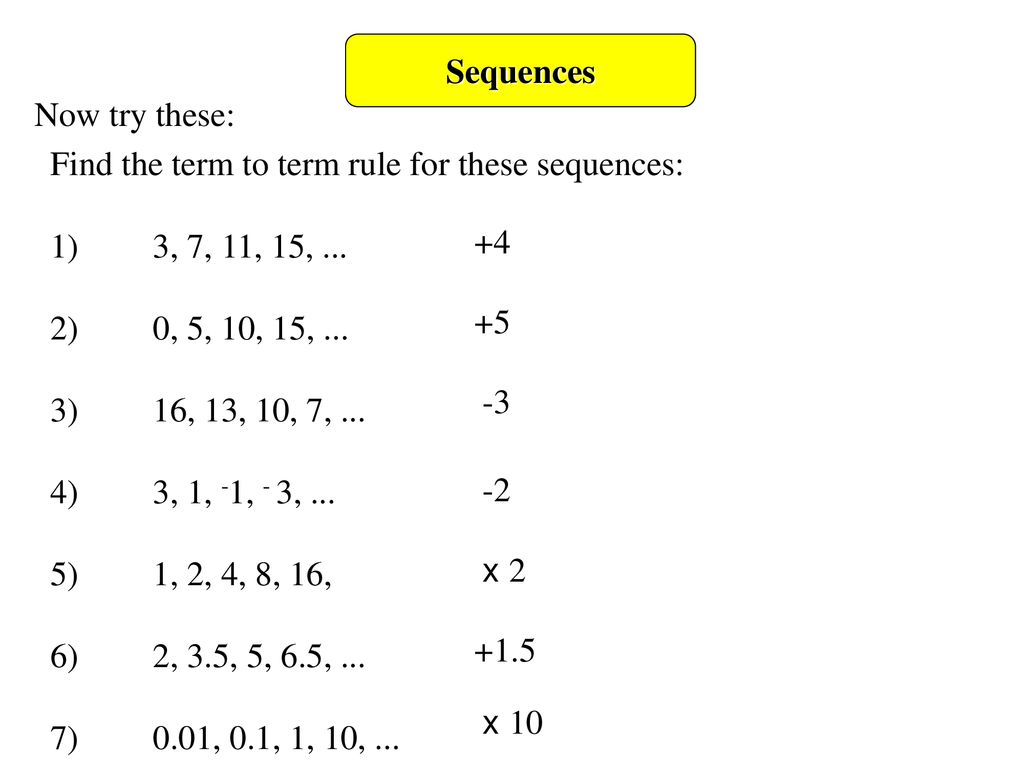
The next number is found by adding up the two numbers before it.
0 1 1 2 3 5 sequence. Fibonacci sequence is a sequence of numbers where each number is the sum of the 2 previous numbers except the first two numbers that are 0 and 1. So the sequence goes. A fibonacci sequence is the integer sequence of 0 1 1 2 3 5 8. Primefree sequences use the fibonacci recursion with other starting points to generate sequences in which all numbers are composite.
The fibonacci sequence typically has first two terms equal to f 0 and f 1. F 1 1. Lucas numbers have l 1 1 l 2 3 and l n l n 1 l n 2. 1 2 3 4 5.
Unlike in an arithmetic sequence you need to know at least two consecutive terms to figure out the rest of the sequence. Alternatively you can choose f 1 and f 1 as the sequence starters. F 0 0. Find the next number in the sequence using difference table.
A fibonacci sequence is a sequence in which every number following the first two is the sum of the two preceding numbers. The pell numbers have p n 2p n 1 p n 2. 0 1 1 2 3 5 8 13 21 34. Letting a number be a linear function other than the sum of the 2 preceding numbers.
Natural numbers 1 2 3 4 5 6 7 8 9 10 the natural numbers positive integers n ℕ. C code of fibonacci function. The fibonacci sequence is the series of numbers. Oeis link name first elements short description a000027.
The first two numbers in a fibonacci sequence are defined as either 1 and 1 or 0 and 1 depending on the chosen starting point. The first two terms are 0 and 1. 0 1 1 2 3 5 8 13 21 34 and so on. 1 3 5 7 is the sequence of the first 4 odd numbers and is a finite sequence 4 3 2 1 is 4 to 1 backwards 1 2 4 8 16 32 is an infinite sequence where every term doubles.


